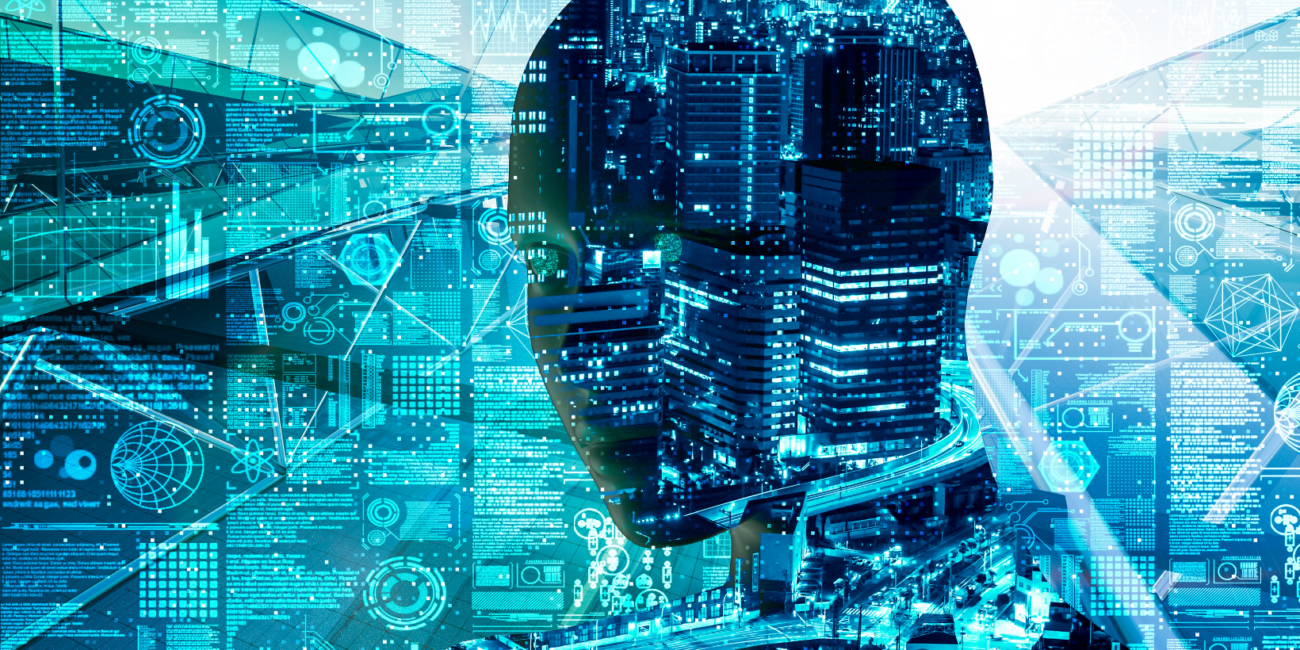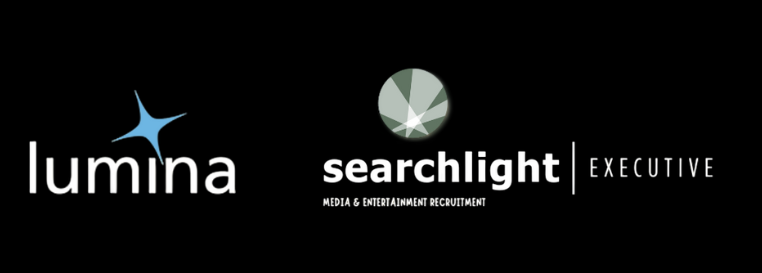The creative and media industries have always thrived on human ingenuity. However, the landscape is undergoing a seismic shift with the emergence of Artificial Intelligence (AI). While some fear a robotic takeover, the reality is far more nuanced. AI is poised to become a powerful collaborator, augmenting human creativity and ushering in a new era of artistic exploration.
One of the most significant impacts of AI will be the transformation of existing job roles. Repetitive tasks like music composition for stock footage or basic video editing, are prime candidates for automation. AI algorithms, trained on vast sets of data of existing content, can efficiently carry out these menial tasks, freeing up human creators to focus on more conceptual and strategic aspects. Imagine a film director using AI to generate different scene variations based on mood or pacing, allowing them to experiment within a much smaller time scale.
This shift, however, doesn’t necessarily translate to job losses. Instead, it signifies a change. The in-demand skills of the future will lie in the ability to effectively collaborate with AI tools. Curators, for instance, will be crucial in selecting the right AI models and interpreting their outputs to achieve the desired creative vision. Programmers with a background in design or music theory will be invaluable in building and training AI tools tailored to specific artistic needs.
Certain roles might become obsolete. Stock photo and music creators who rely solely on churn may find their niche shrinking. However, the rise of personalised content creates new opportunities. Consider a world where AI personalises music scores based on a user’s mood, or generates custom stock photos that perfectly reflect a brand’s aesthetic. These avenues will require human expertise in understanding audience preferences and translating them into machine-readable parameters, creating a new breed of creative technologists.
Beyond automation and personalisation, AI opens doors to entirely new creative possibilities. Generative AI tools like Dall-E 2 and Midjourney are allowing artists to create surreal landscapes and photorealistic portraits based on mere text descriptions. Imagine a fashion designer using AI to generate hundreds of unique garment variations, or a graphic designer utilizing AI to quickly edit the style of a video. These tools are not meant to replace the artist’s vision; instead, they act as an extension of their imagination, accelerating the ideation process and enabling the exploration of previously uncharted creative territories.
This integration of AI also presents exciting prospects for audience engagement. Interactive storytelling experiences powered by AI chatbots can create a more immersive and personalised narrative. Envision a choose-your-own-adventure story where the AI adapts the plot based on your emotional responses.
However, the rise of AI also presents challenges that need to be addressed. Issues of bias in training data can lead to discriminatory outputs in AI-generated media. For instance, an AI trained on a dataset of stereotypical gender portrayals might perpetuate those biases in its creations. Furthermore, ethical considerations around authorship and copyright in AI-generated works need to be ironed out. Who owns the rights to a song composed by a human in collaboration with an AI?
The future of the creative and media industry with AI is one of both challenges and discoveries. As AI continues to evolve, one thing remains certain: human creativity will continue to be the driving force. The task lies not in fearing this new technology, but in embracing its potential to empower us to paint a brighter, more imaginative future.


